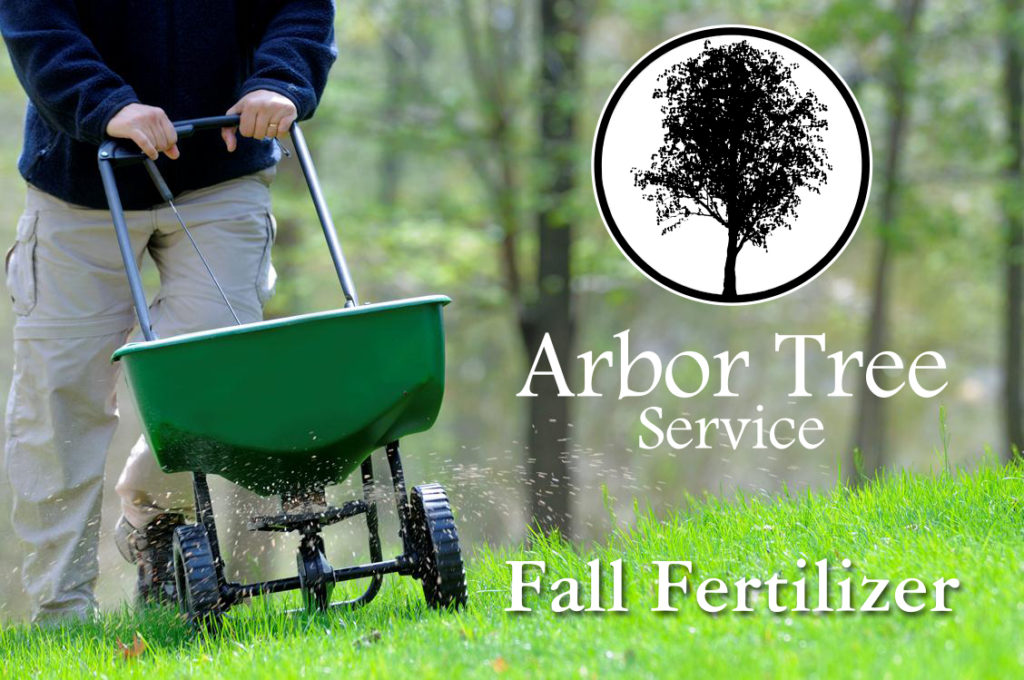Fall is creeping closer, and that means it is about time to start thinking about fertilizing your yard for the non-growing season. Fall fertilization can be very important for your yard, especially with the winters that we have here in Michigan. The first thing you need to know about commercial fertilizer is that it has a formula made up of 3 numbers, the most common of which is 5-10-5. The first number represents Nitrogen. Nitrogen promotes lawn blade and foliage growth. The second number stands for Phosphorus, which helps with root growth. The third number represents Potassium, which promotes cell function and absorption of trace elements.
Now that you know the fertilizer formula, the next step is to then decide what needs to be fertilized, at what time, and with what type of fertilization? A good place to start is with your lawn. Early in September, your grass will be recovering from what has probably been a long hot summer. To help your grass bounce back, you’ll want to give your lawn a shot of nitrogen to push blade growth. A fertilizer with a formula of 20-8-8 will get it growing again. If you’re wondering how much to apply to your lawn, it’s important to follow the manufacturer’s recommended rate of application.
At this point, you could treat for weeds and insects if there are signs of trouble, or if you have a history of pest problems. However, if you do not see any signs of trouble, it really isn’t necessary to treat for weeds and insects at this time.
Now that you are done with your fertilizing for September, your attention should turn to October/November fertilization. While the September dose of fertilizer is important, an application at the end of October or early November is essential. At this time, applying a fertilizer with a formula of 13-25-12 would be the best option. It will provide your lawn with a push of phosphorus that will stimulate root growth. This root growth will last through November and even into early December. It’s so important to fertilize your lawn before winter sets in, because you are insuring that it will get green quicker in the spring and become more resistant to insects, disease and drought.

